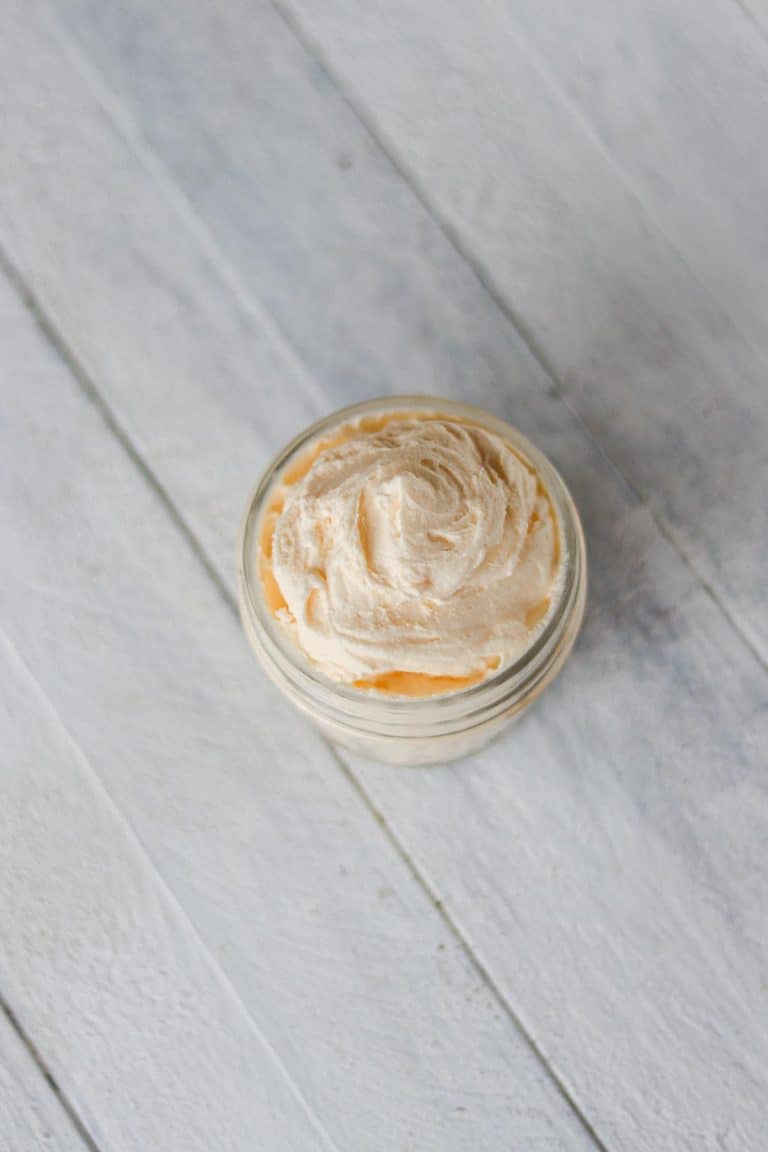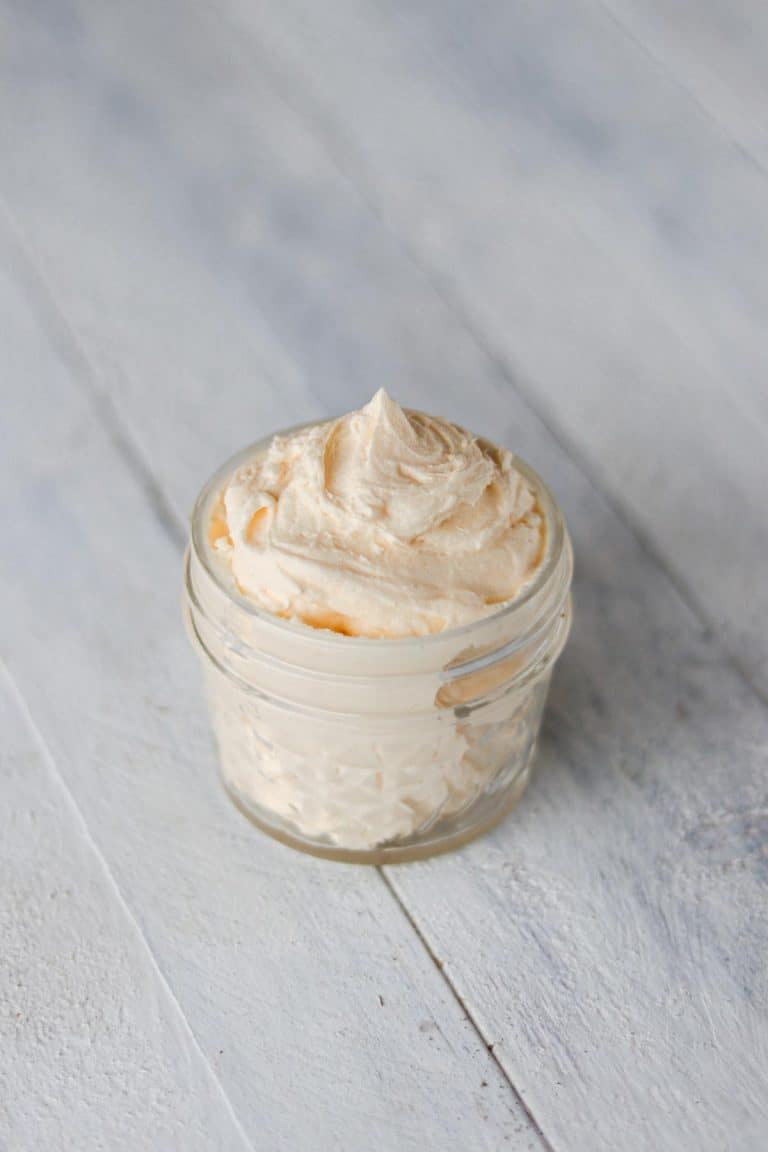Shea butter is a popular ingredient in skincare products due to its moisturizing and nourishing properties. However, many people wonder if it’s safe for acne-prone skin or if it can cause breakouts. In this article, we’ll explore the question “is shea butter comedogenic?”. Whether you’re a skincare devotee or a casual explorer, prepare to unravel the mysteries and make informed decisions about this widely used natural ingredient.
What is Shea Butter?
Shea butter is a fat that’s extracted from the nuts of the shea tree, which is native to West Africa. It’s rich in fatty acids, vitamins, and minerals, which make it an excellent moisturizer and skin conditioner. Shea butter has been used for centuries as a natural remedy for various skin conditions, including eczema, dry skin, and stretch marks.
Today, shea butter is a popular ingredient in skincare products due to its emollient properties. However, some people are concerned that shea butter may be comedogenic, which means it can clog pores and cause acne.
Is Shea Butter Comedogenic?
In fact, there hasn’t been sufficient scientific research presented to definitively classify shea butter as comedogenic or non-comedogenic, preventing us from establishing an official rank for it on the comedogenic scale.
Nonetheless, we can draw certain hypotheses and deductions from the information available, offering some insights to guide your choice when considering a product that includes shea butter.
The comedogenic rating system ranks skincare ingredients on a scale from 0 to 5 based on their likelihood of causing acne. A rating of 0 means the ingredient is non-comedogenic, while a rating of 5 means it’s highly comedogenic.
According to the comedogenic rating system, shea butter has a rating of 0-2, which means it’s unlikely to cause acne. The rating varies depending on the quality of the shea butter and how it’s processed. Unrefined shea butter, which is the purest form of shea butter, has a comedogenic rating of 0-1. Refined shea butter, on the other hand, has a rating of 2.
But, as with any skincare product, individual reactions can vary. While shea butter is generally non-comedogenic, there’s still a slim chance that it might not agree with everyone’s skin. Some people might experience pore-clogging or breakouts, especially if they have particularly sensitive or reactive skin.
Shea Butter in Skincare Products
Shea butter is a common ingredient in skincare products, especially those designed for dry or sensitive skin. Here are some examples of skincare products that contain shea butter:
- Body lotions: Shea butter is often used in body lotions to hydrate and nourish the skin. It’s particularly effective for dry, flaky skin.
- Face creams: Many face creams contain shea butter because of its moisturizing properties. It can help to soothe irritated skin and reduce redness.
- Lip balms: Shea butter is a popular ingredient in lip balms because it’s very moisturizing and helps to protect the lips from drying out.
- Hair conditioners: Shea butter is also used in hair conditioners to add moisture and shine to the hair.
Comparisons: Shea Butter vs. Other Ingredients
When it comes to choosing skincare products, it’s important to know how different ingredients compare to each other. Here are some comparisons between shea butter and other commonly used skincare ingredients:
- Shea butter vs. coconut oil: Both shea butter and coconut oil are natural moisturizers, but shea butter is less likely to clog pores than coconut oil. Coconut oil has a comedogenic rating of 4, which means it can cause acne in some people.
- Shea butter vs. cocoa butter: Shea butter and cocoa butter have similar properties, but shea butter has a lower comedogenic rating. Cocoa butter has a rating of 4, which means it may cause breakouts in some people.
- Shea butter vs. mineral oil: Mineral oil is a common ingredient in many skincare products, but it has a comedogenic rating of 0-1. This means it’s less likely to cause acne than shea butter. However, mineral oil is a petroleum-based product, which some people prefer to avoid.
How to incorporate shea butter into your skincare routine
- Choose high-quality shea butter: Look for unrefined, organic shea butter that’s been minimally processed. This type of shea butter is less likely to cause acne than refined shea butter.
- Patch test first: Before using shea butter on your face or body, do a patch test on a small area of skin. Wait 24-48 hours to see if you have any allergic reactions or breakouts.
- Don’t overdo it: While shea butter is generally safe for most people, using too much of it can lead to clogged pores and breakouts. Use a small amount of shea butter at a time, and don’t apply it more than once a day.
- Cleanse Properly: Always cleanse your skin thoroughly at the end of the day to remove any traces of makeup, dirt, and excess shea butter. This helps prevent buildup in your pores.
- Choose products with other non-comedogenic ingredients: If you’re worried about shea butter causing acne, look for skincare products that contain other non-comedogenic ingredients, such as jojoba oil or aloe vera.
FAQs
- Can shea butter cause acne? While shea butter has a low comedogenic rating, it’s still possible for it to cause acne in some people. It’s important to do a patch test before using shea butter on your face or body to see how your skin reacts.
- Is shea butter safe for oily skin? Shea butter can be beneficial for oily skin because it helps to balance sebum production and keeps the skin hydrated. However, if you’re prone to breakouts, it’s important to use it sparingly and choose a high-quality shea butter that’s less likely to clog pores.
- How often should I use shea butter? You should use shea butter sparingly and not apply it more than once a day. Too much shea butter can lead to clogged pores and breakouts.
- Can shea butter help with eczema? Yes, shea butter is a natural remedy for various skin conditions, including eczema. Its moisturizing properties can help to soothe dry, itchy skin and reduce inflammation.
- What are the benefits of using shea butter? Shea butter is a natural moisturizer that can help to hydrate and nourish the skin. It’s rich in fatty acids, vitamins, and minerals, which make it an excellent skin conditioner. Shea butter can also help to reduce inflammation and redness, making it a great option for sensitive skin.
Conclusion
In conclusion, is shea butter comedogenic? While shea butter has a low comedogenic rating, it’s still possible for it to cause acne in some people. However, by choosing a high-quality shea butter and using it sparingly, you can enjoy the benefits of this natural moisturizer without worrying about breakouts. Whether you have dry, sensitive, or oily skin, shea butter can be a beneficial addition to your skincare routine.









